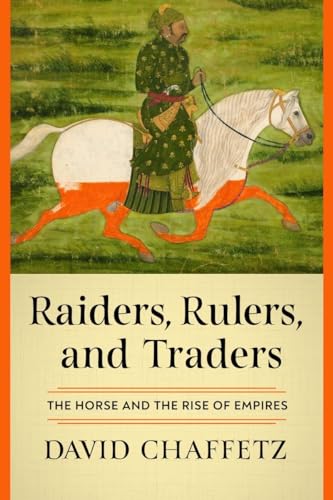
Raiders, Rulers, and Traders by David Chaffetz
7.5 out of 10At the same time that civilization was debuting in the Middle East, pastoral people integrated their lives with small wild horses on the Eurasian steppe. Horses were good for milk and meat but became prized for long-distance travel, pulling small chariots, and helping people hunt other animals. Only after many generations of selective breeding did large muscular war horses arrive on the scene. An arms race was set in motion in which all societies wanted to develop or trade for the highest quality horses. The Huns, the Turks, and the Mongols created aggressive empires on the steppe while terrorizing their sedentary neighbors. They grew exorbitantly wealthy as huge caravans traversed the Silk Road. China, India, and Persia adopted horse technology and used calvary blitzkrieg to rule their domains. At their imperial height, the British had millions of horses and demanded many more. The Raj in India helped with the supply. A primary objective of "The Great Game" in Afghanistan was to secure more horses. It wasn't until the wake of WWI that horse-built empires faded into history.